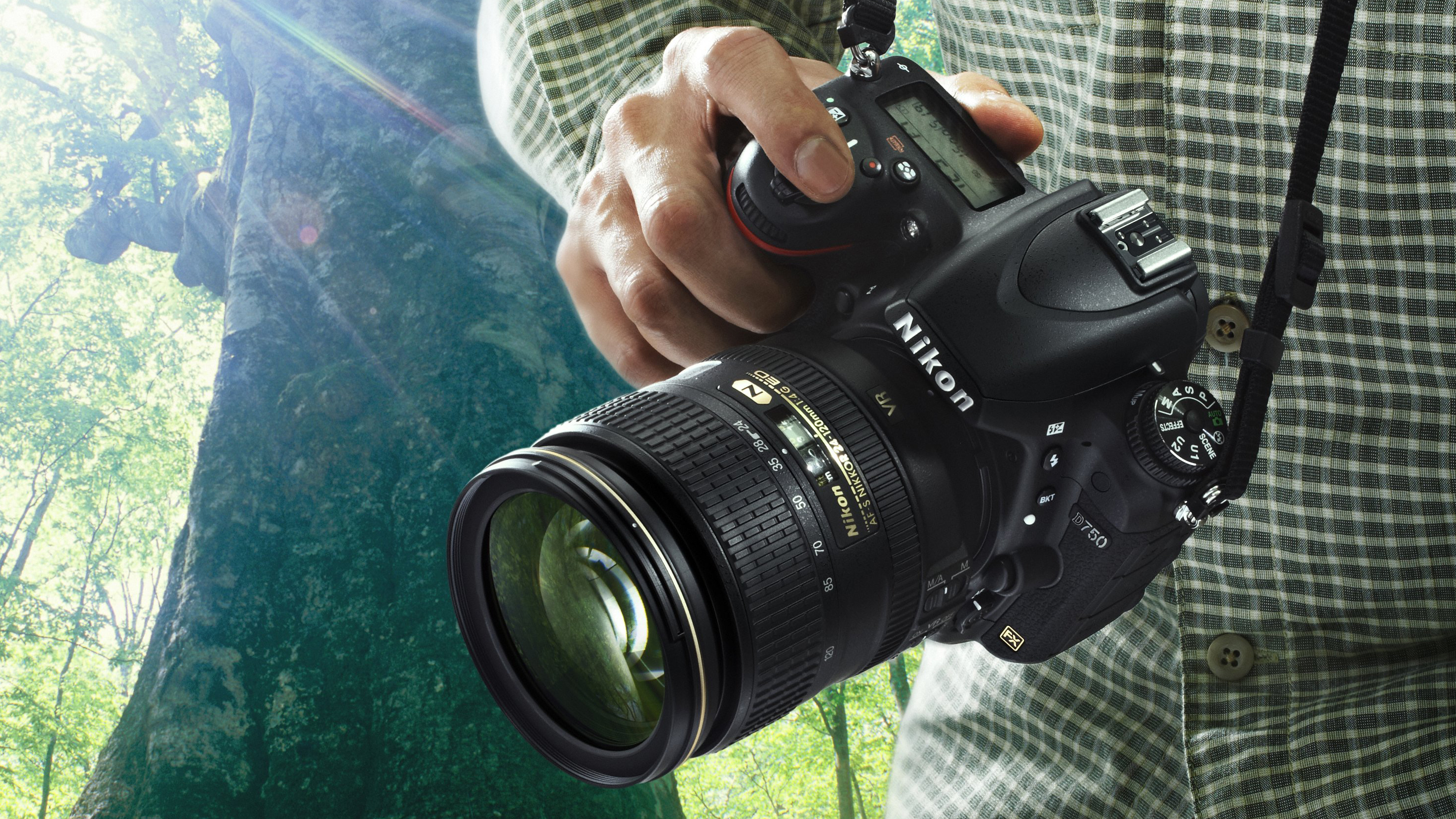Video is too great a leap for the DSLR photo enthusiast
Why it's making videographers DSLR owners, but not making DSLR owners videographers

I started taking pictures with a degree of seriousness when I was about 14, shooting film through a Chinon SLR and aiming 100W bulbs housed in tinfoil-coated mixing bowls at wilting still life set-ups in my bedroom.
After just over thirty years of pressing the shutter release, I'm still learning the art of combining light and subject with camera angle and lens-to-subject distance to make the perfect still image.
For the last 15 or so years I've been learning how digital photography works, how much light to drop on an imaging sensor and then how to use software to recall the picture I imagined at the time I decided to shoot it.
I like to think I work to a high standard, but more importantly I work to a standard that has taken me a good deal of time, pain, frustration, experience, listening, trying, failing and joy to achieve. The stage our photography is at is more or less a sum of the time and effort we have put in. I am no different.
So, given that it has taken us all a certain amount of effort to get our stills skills to where they are, can we really contemplate going through all that pain again in order to master the art of shooting video?
Forced perspective
Camera brands seem determined that current DSLR owners must be converted to shooting moving images, and that by improving their video offerings and by continuing to talk about them and display them, stills photographers will suddenly press the red button instead of the silver one.
Do they actually not understand how much is involved? There has certainly been an upturn in the use of DSLRs for video work, and some of it quite high profile, but the reality is that it is video-makers turning to DSLRs rather than DSLR users turning to video.
Get daily insight, inspiration and deals in your inbox
Sign up for breaking news, reviews, opinion, top tech deals, and more.
Both Canon and Nikon are guilty of making vulnerable folk like me feel not that I could shoot video if I liked, but that I should, and that I am crazy not to take advantage of the amazing video quality of their products.
What am I to do? I know how to use continuous lighting with no problems, and getting to grips with codec, bit rates, frame rates, compression and file formats is surely just a matter of a bit of reading – isn't it?
I learnt software for stills photography, so surely I can apply some of those same skills to working with video in new applications that require me to accurately marry sound with motion?
And I should learn about sound, find the right sort of microphones and discover how to get the best out of them. I should also attempt to shed my solitary working practices, taking on the life of a team player, sharing ideas and tasks with a producer and a sound engineer – and be cool with never being able to claim 'all my own work' ever again.
Heads with handles
And then there is the storage, which for most stills workers is simply mind-numbingly frightening. Even the monstrous Nikon D800 can tuck 206 of its largest raw files onto a 16GB card, but the same piece of plastic holds only 16 minutes of 4K footage from the Panasonic Lumix DMC-GH4, and only 80 minutes of old-fashioned HD movie.
My stills photographer's external hard drives, that I expect to last me a year, will hardly last the week, and the hole in my bank account will grow by the minute.
Does that all sound too difficult, and do you twitch and itch even at the thought of holding the camera still so as not to induce seasickness in your audience? We'll all need new tripods, new panning video heads, a nice boom arm, some track for those dolly shots (when the camera moves on tracks across the scene – we even need new jargon too!) and a few extra hours to sew it all together and render the finished product on our new high-powered computer.
Best Boy
My problem is that I want my video to be of a similar quality to my stills, and to achieve that I need to know a lot more than I do at the moment. Initially, I thought the mountain was impassable, and that there was simply too much to learn, but with little steps, gradually, I am accumulating the knowledge and experience that is moving me on.
I still feel I need two cameras, a crew and a month's training on-set, and I probably do need all of that – and the more I learn the more I see how much I don't know.
I am doing it because I am a photography journalist and feel the need to know how all this works, for my job – so I can have an opinion, understand those trying to make the transition and keep up with a changing industry. If that wasn't the case, I'm not sure I'd have the time.
I suspect that most amateurs, already struggling to find snatched hours for a hobby while still attending the commitments of family life and a real job, would be in the same boat.
It is one thing for the professional photographer to branch out to improve his chances of making a living, but I'm sure most established amateurs are simply not going to switch, or to shoot both.
These brands are simply expecting too much of us, hoping that video will sell them the-next-best-thing cameras now that still quality is as good as it needs to be.
Now, you amateur Stills-Turned-Directors, go prove me wrong.